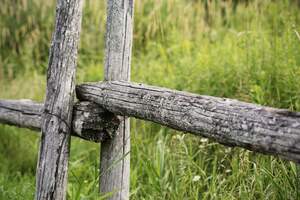

National Doctors Day
Also known as
Doctors' Day
Observed
annually on March 30th (since 1933)
Dates
Founded by
Eudora Brown Almond in 1933
Tags
Health & Wellness
Work & Career
Hashtags
Sources
National Doctors Day honors America's physicians by recognizing their contributions and service to individuals, communities, and the nation. Health care organizations are at the forefront of the day's observation, and patients and other benefactors of the healthcare industry are urged to honor physicians as well. The day takes place on the anniversary of the first use of general anesthesia in surgery, which occurred when Dr. Crawford Long used ether on March 30, 1842, while removing a tumor from the neck of James Venable in Jefferson, Georgia.
The holiday, which early on was simply called Doctors' Day, was created by Eudora Brown Almond of Winder, Georgia, whose husband, Charles, was a medical doctor. On the first observance, on March 30, 1933, cards were mailed to physicians and their wives, flowers were put on the graves of physicians—including that of Dr. Long—and a formal dinner was held in the home of Dr. and Mrs. William T. Randolph.
On March 30, 1958, the United States House of Representatives adopted a resolution commemorating the day. Then, in 1990, Senate Joint Resolution 366 was passed and was signed by President H.W. Bush on October 30. It created Public Law 101-473, which designated March 30, 1991, as National Doctors Day. President Bush issued a proclamation for the day before it was held, saying the day remembered both famous physicians and those who carry on their work across the country and world. Other countries besides the United States celebrate similar holidays on other days of the year.
How to Observe National Doctors Day
Some ideas on how to observe the day include:
- Give a card, note, or gift to your doctor or a doctor you know.
- Place flowers on the graves of doctors. The red carnation is the official flower of the day. You could even place flowers on the grave of Dr. Crawford Long.





















